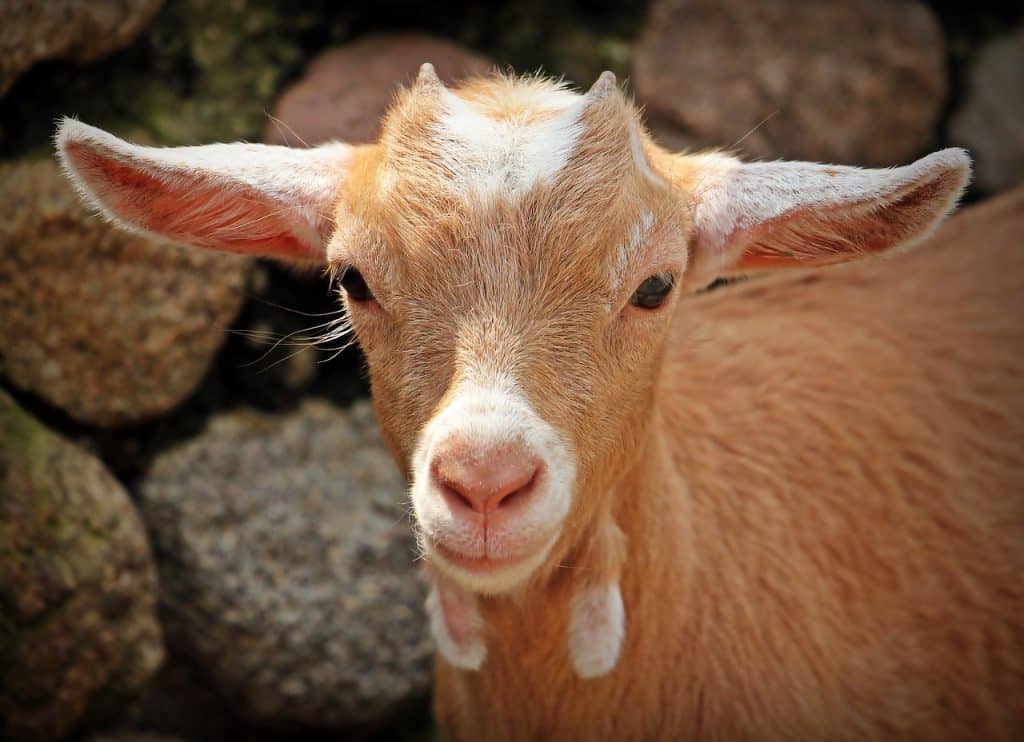
Goat milk has more calcium and protein than cow’s milk. Goat milk also helps to absorb more nutrients from food and drinks, which can improve your overall diet efficiency.
It has an earthy flavor and a distinctive taste. Some people find the milk too rich or the flavor too distinctive, but most people love it.
Goat’s milk is great for making cheese, and it has a high-fat content which makes it perfect for Greek yogurt or ice cream. Goat’s milk can be used as a soap base or lotion and even to make candles.
You will need goat milk to make delicious recipes or soaps and lotions. This is why it is important to choose the right goat breed for milk production. You should consider the average amount of milk a goat produces, their ability to convince others to produce, the length of time they can produce, and whether or not they are suitable for raising in your region.
Gallons Per Day
Although the average amount of milk a goat breed produces is expressed in gallons per day, there are no guarantees. There are many factors that can affect the actual production of your goats. A Saanen, widely considered the most prolific milker in the world, could produce very little milk.
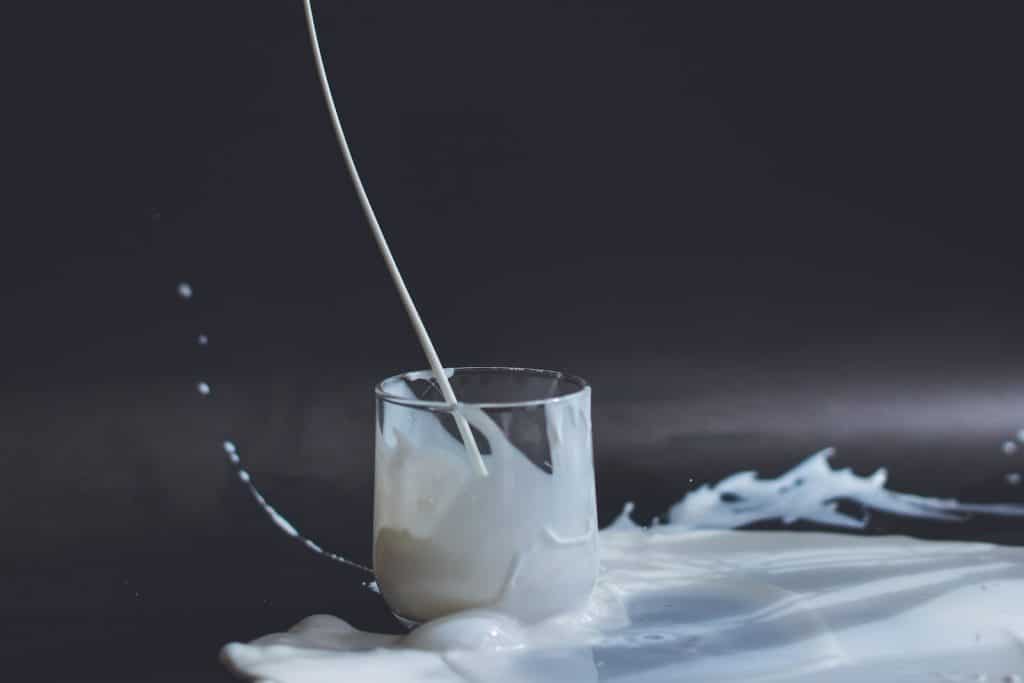
Fat Percentage
Another measure to consider is how much of the milk is fat. Naturally, cow milk contains between 3% and 4% while goat milk typically has around 3% to 4. The difference is that goat milk contains more medium-chain fatty acids, which are stored as fat but are used to generate energy.
We have listed 15 of the most popular goat breeds for milk production. But, remember that milk quality is only one factor. You should ensure that your goats have comfortable living conditions. Consider the temperament and characteristics of the goat as well, especially if it will be mixed with other breeds and animals, and people.
1. Saanen Goat
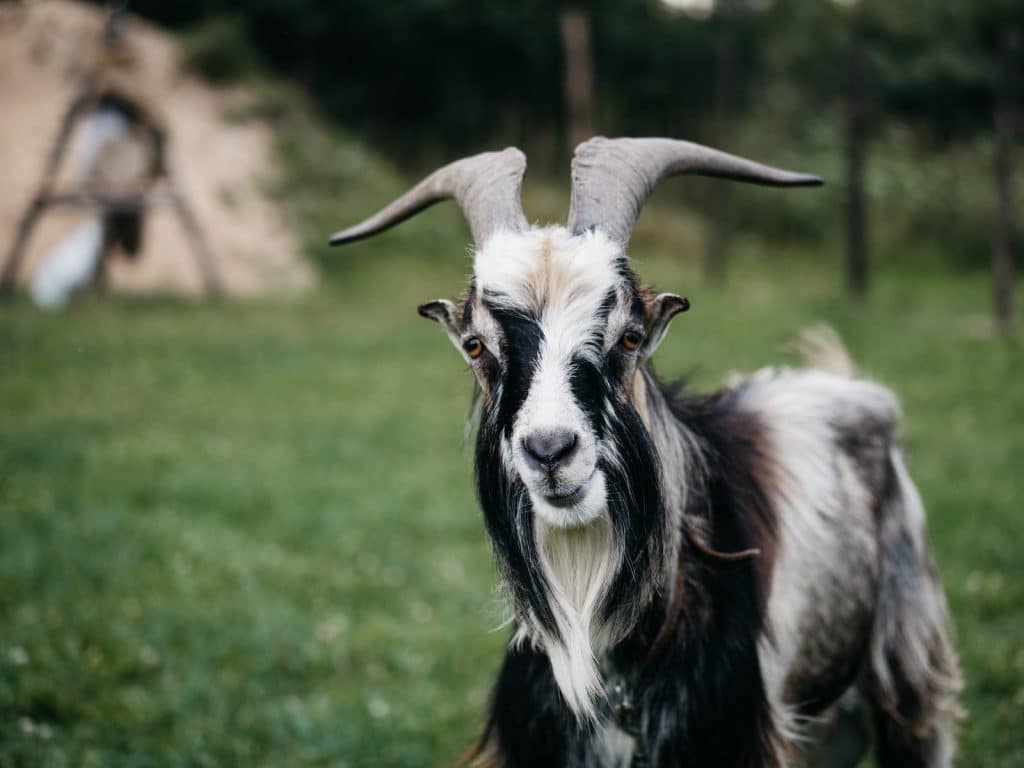
Production: 2 1/2 gallons/day
Butterfat: 3%
Saanen, a Swiss goat breed, is well-known for its milk production and its size. The billy can weigh up to 200 pounds and is friendly enough to be kept as a pet. Their milk production and meat make them a great choice for dairy goat breeding.
2. Nigerian Dwarf Goat
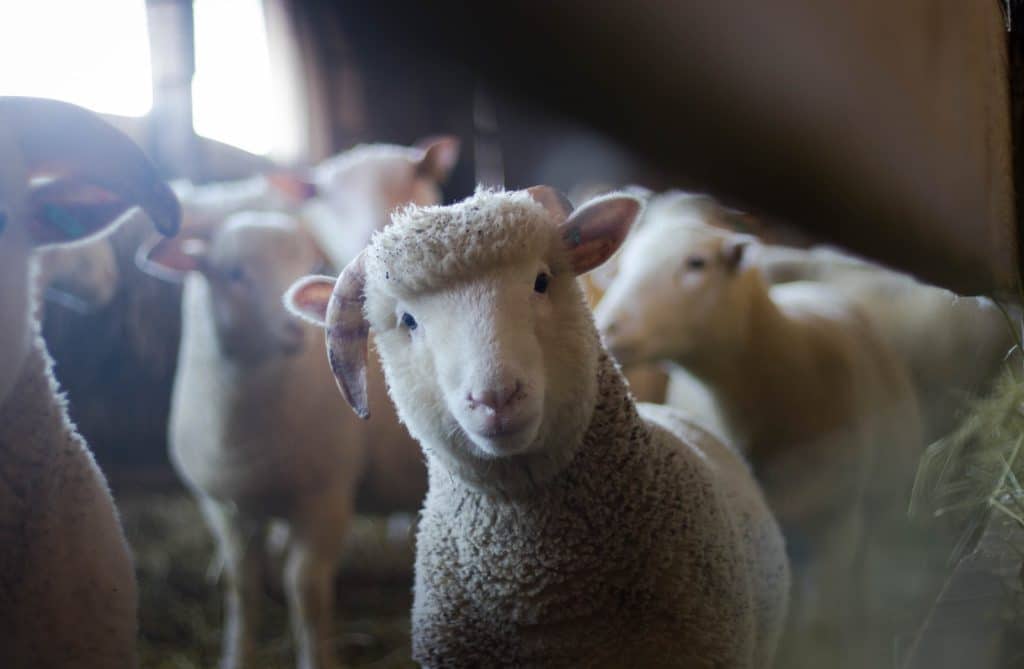
Production: 1/2 gallon/day
Butterfat: 6% – 10%
We had the Saanen, a 200-pound breed. Now we have the Nigerian Dwarf. The Dwarf breed is approximately 50 pounds. Although it produces only half a gallon of milk per day, the Nigerian Dwarf can produce milk with very high butterfat and is large enough to allow you to keep more. They are friendly and get along well with children.
3. Alpine Goat
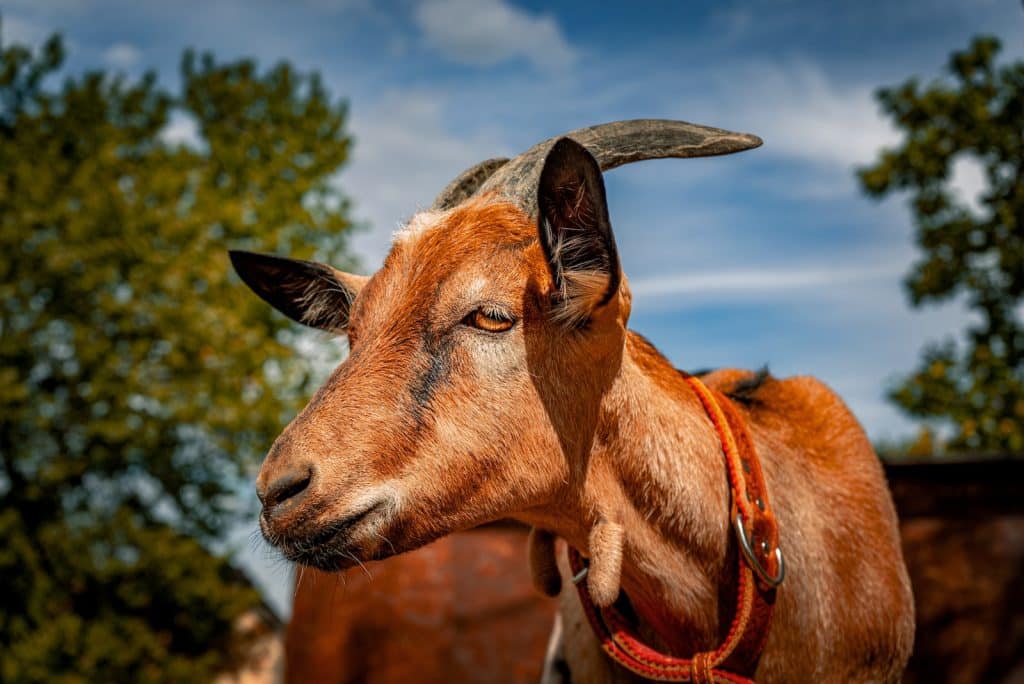
Production: 2 gallons/day
Butterfat: 3.5%
The Alpine is a large breed with roughly the same stature and height as the Saanen. These goats were developed in the Alps and are extremely hardy, which makes them great for cold climates. They are gentle and will produce milk all year.
4. Anglo-Nubian Goat
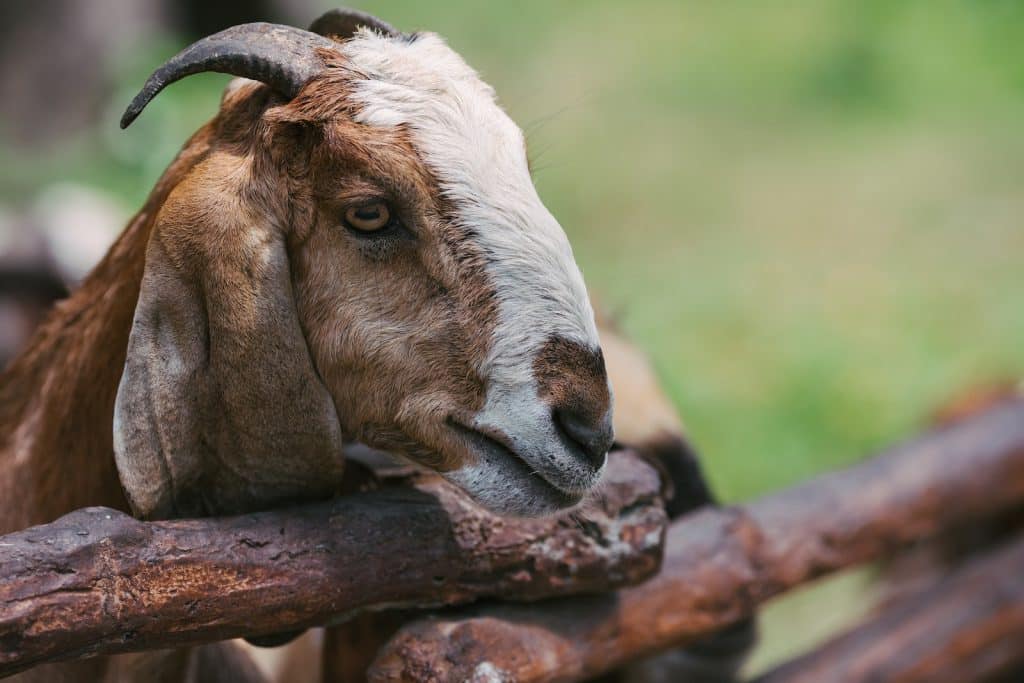
Production: 1 gallon/day
Butterfat: 5%
Anglo-Nubian (or Nubian) is a distinct goat that has a curving nose and long ears. It produces approximately 1 gallon per day of milk and is described as rich and sweet. They are medium-sized to large and have lots of energy. They are not suitable for hobby owners or those who want to be pet owners.
5. LaMancha Goat
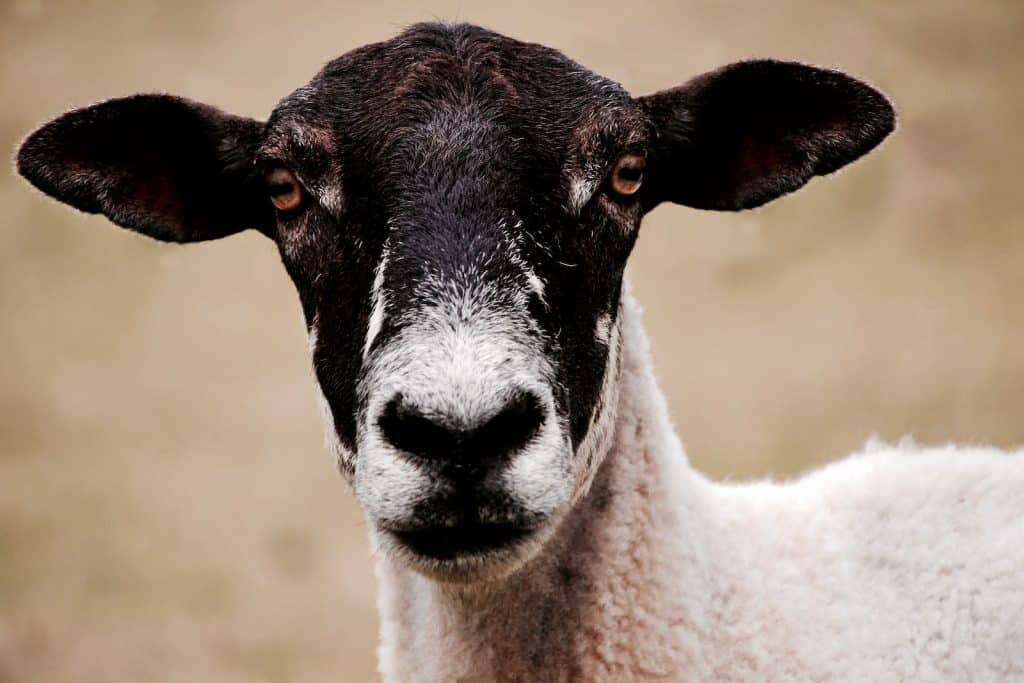
Production: 1 gallon/day
Butterfat: 4%
In the USA, the LaMancha breed was created in the 1930s. The goat is medium in size with bucks reaching 125 lbs and weighing slightly less. LaMancha’s elf-eared version produces milk with very high-fat content.
6. Toggenburg Goat
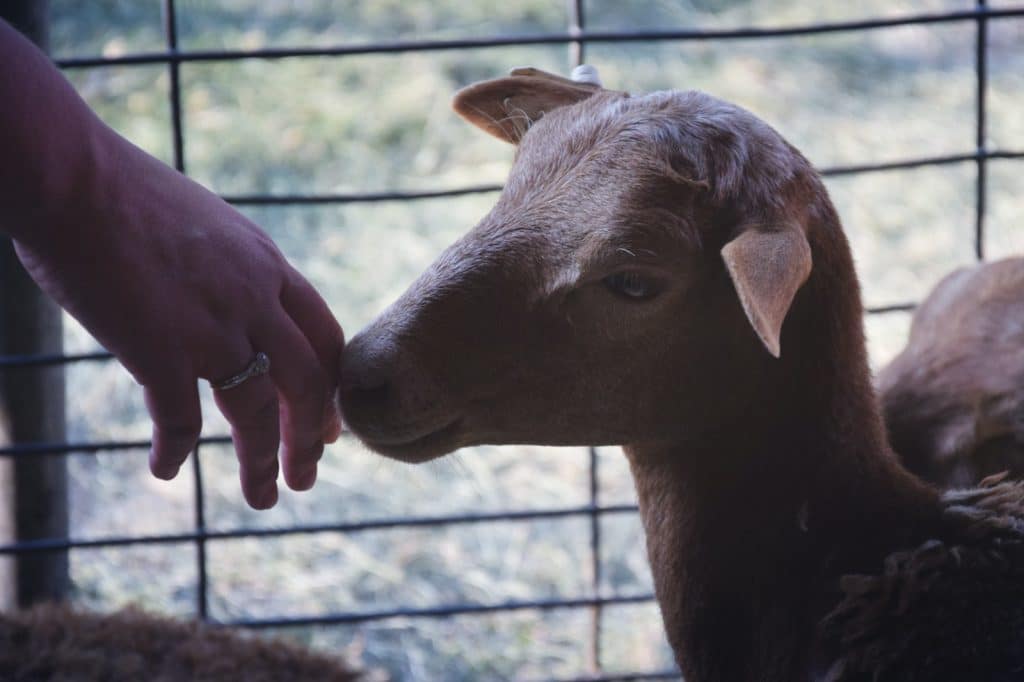
Production: 2 gallons/day
Butterfat: 3.7%
This breed, which is medium in size, is considered to be the oldest dairy breed. It is an energetic goat that can be difficult to maintain for beginners. They do produce a lot of milk, as much as 2 gallons per day. The Toggenburg also has moderate butterfat content at 3.7%. This makes them suitable for people who don’t want the Nubian’s high-fat content.
7. Oberhasli Goat
Production: 1 gallon/day
Butterfat: 3.8%
The Oberhasli deer is a beautiful one. They are friendly and gentle and will do anything to please their owners and their pack. This makes them great pets and packs goats. Their attractive coloration includes a dark red coat and a black color point. Oberhasli produces around one gallon of milk per day with moderate butterfat.
8. Sable Goat
Production: 2 gallons/day
Butterfat: 3.5%
The descendant of the Saanen is the Sable. It is smaller and produces a lower daily rate. They are more tolerant to heat and sun than the Saanen because they have darker skin. They are also known for their large ears.
9. Guernsey Goat
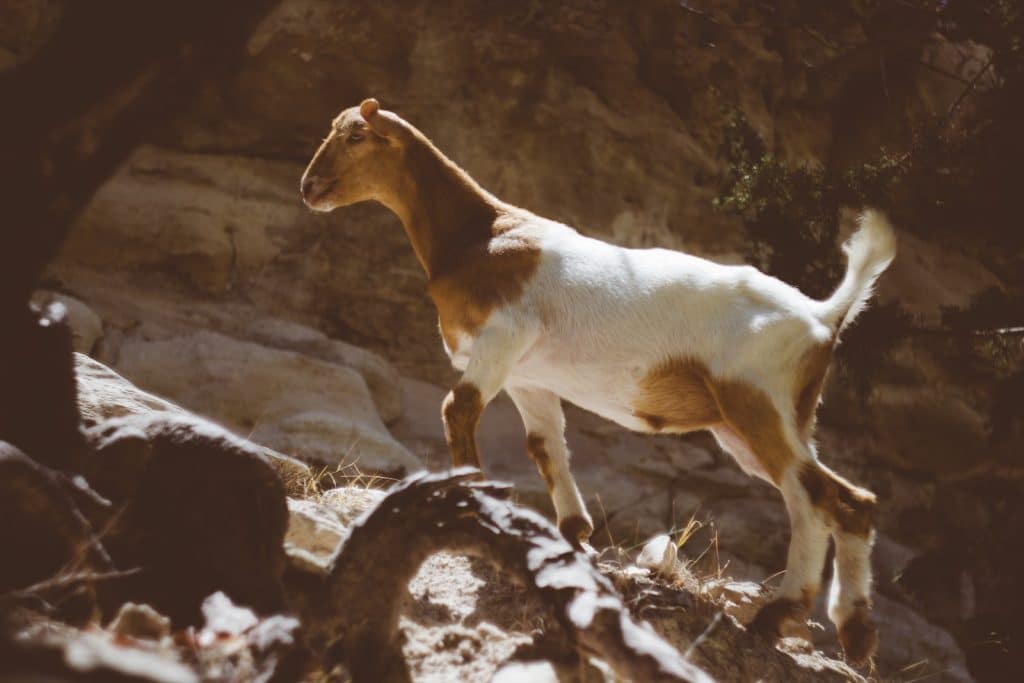
Production: 1 1/2 gallons/day
Butterfat: 3.7%
Guernsey goats are small- to medium-sized. This breed is well-known for its golden coloring. This breed can produce up to 1 1/2 gallons (3.7%) of milk per day. However, it is illegal to import the breed to the USA at the moment.
10. Poitou Goat
Image credit: Eponimm, Wikimedia commons by CC BY–SA 3.0
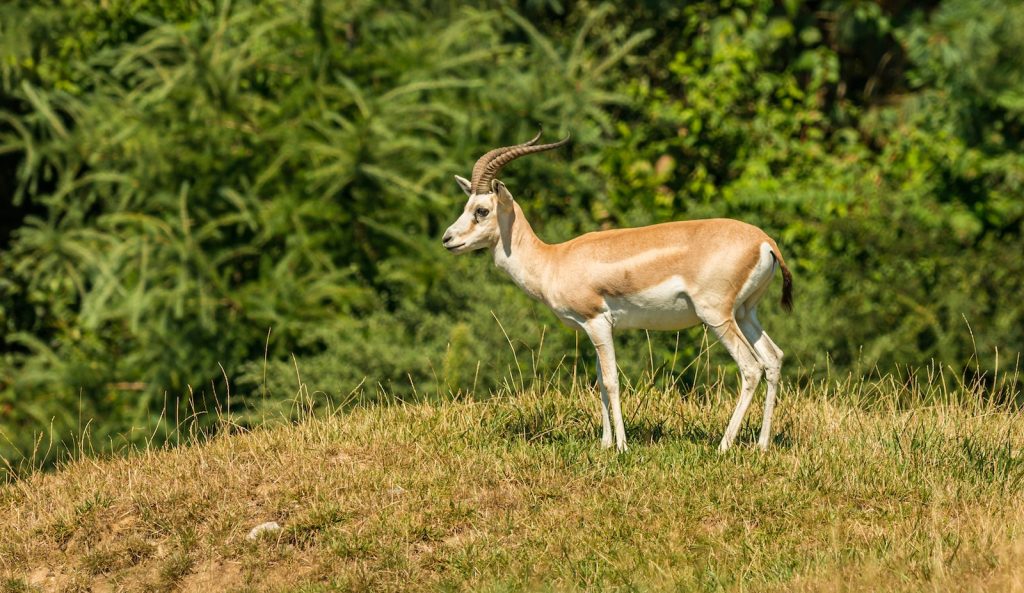
Production: 1 1/2 gallons/day
Butterfat: 3.5%
The Poitou, which was bred in France, is one of the most prolific milkers in the country after the Alpine and Saanen. Their dark, short hair is everywhere, except for their tails, legs, and belly.
11. Nordic Goat
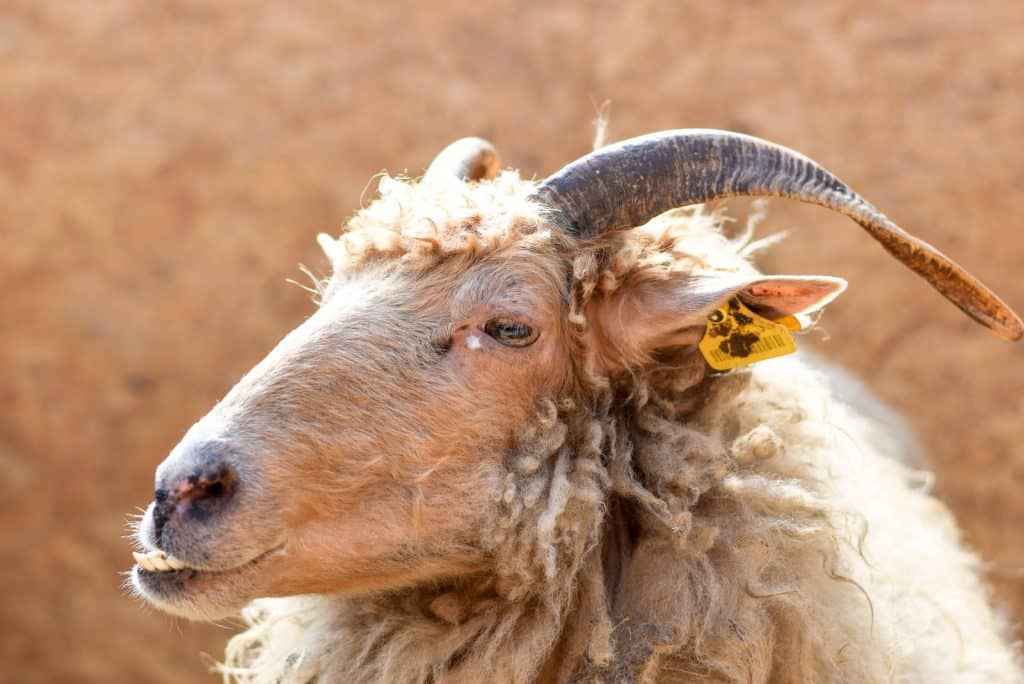
Production: 1 gallon/day
Butterfat: 3.5%
The Nordic breed is made up of several goat types that are native to Scandinavia, Sweden, Finland, and Norway. To help them cope with the harsh climates of Scandinavia, they have long hair. While brown is the most popular color, Nordics can be found in many other colors. They can produce about a gallon of milk per day and are known to be quite standoffish. Their milk is moderately fattening.
12. Malaguena Goat
Production: 1 gallon/day
Butterfat: 4%
The Malaguena Spanish goat breed is medium-sized. It produces approximately a gallon of milk per day and has a long coat.
13. American Alpine Goat
Production: 1 gallon/day
Butterfat: 5%
The American Alpine was born in the early 20th century. It was created by crossing European Alpine and American Alpine varieties to create larger, more robust animals. Although the American Alpine can produce up to one gallon of milk per hour, they are able to produce milk for three consecutive years without the need to rebreed.
14. Murciana-Granadina goat
Production: 1 1/2 gallons/day
Butterfat: 4%
The Murcia Granadina is a combination of the Murciana, Granadina, and Granadina breeds. This breed is popular in Canada and the USA. Their ability to breed at all times of the year and their high milk production make them an excellent choice for both commercial dairy goats as well as homesteaders.
15. Appenzell Goat
Production: 1 gallon/day
Butterfat: 4%
Appenzell, a rare Swiss breed, is small- to medium-sized. Does can weigh up to 100 lbs and bucks as high as 140 lbs. They produce about a gallon of milk each day, and it is medium-high in fat. It is now endangered.
Conclusion
High-volume milk-producing goat breeds are the best for milk production. The average yield is affected by many factors, including freshening time. Before a goat can produce milk, it must have given birth. Freshening is the process of preserving milk for as long as 10 to 12 months. Some breeds can live for up to two years without needing to be rebred, while others, such as the American Alpine, can live as long as three.
Which goat breed produces the most milk?
Saanen The Saanen (Figure 1) is usually regarded as the best-developed and highest-producing breed in the world. Because of its high daily milk supply and low milk fat content, it has been dubbed and compared to the Holstein Friesian dairy cow breed among goat breeds.
What goat breed is the milk queen?
Toggenberg, Sannen, French Alpine, and Nubian are the most common exotic dairy goat breeds. They are all recognized for having better milk yields, and the majority of these breeds were introduced to India to boost the milk output of our native varieties and to improve the quality of our nondescript goats.
Which goat breed has the best flavor?
To summarize, the greatest meat goat breeds are Boer goats, Tennessee goats, Spanish goats, Rangeland goats, and Kiko goats. Homesteaders searching for more milk for their dairy products might consider Saanen, Alpine, Toggenburg, Oberhasli, and LaMancha goats.
What type of goat does not require milking?
Goat meat Meat goats do not need to be milked, and their sole purpose in life is to be killed and used for meat. They are less expensive to care for since they are often breastfed rather than bottle-fed. Meat goats are powerful and can be rambunctious; they could be better suited to an older youngster.
How old are Saanen goats?
These goats live for roughly ten years, with sexual maturity occurring between the ages of three and twelve months. The breeding season occurs in the fall, and a doe’s cycle lasts 17 to 23 days. Estrus lasts between 12 and 48 hours. Gestation lasts between 148 and 156 days and results in twins or triplets.
Which kind of goat is the most profitable?
Without a doubt, the Sirohi goat breed is one of India’s most profitable breeds. Jamunapari is another prominent Indian goat breed. Because of its lovely appearance and great stature, the Jamunapari goat is also known as the Queen of goats. This is a dual-purpose goat breed that produces both meat and milk.
Is goat farming a lucrative business in the Philippines?
Goat farming is really profitable. Positive net income and return on investment (ROI) are obtained as early as the first year with a low initial capital investment of P67,250 for the 25-doe level, P174,500 for the 50-dose level, or P349,000 for the 100-dose level.
What is the most expensive goat?
The most expensive goat in the world was an Angora buck raised by Waitangi Angoras in Waitangi, New Zealand, and sold for NZ $140,000 (£;46,200; $82,600) to Elliott Brown Ltd of Waipu, New Zealand on January 25, 1985.
What are the drawbacks of goat farming?
Across the country, there is a scarcity of proper veterinary treatment. This is also one of the most significant disadvantages of goat farming. – Some Markets Face Marketing Difficulties: A decent market is not always accessible in some locations.
Which goat breed is best for dairy production?
In the United States, the eight primary dairy goat breeds are the Saanen, Sable, Nubian, Toggenburg, LaMancha, Oberhasli, Nigerian Dwarf, and Alpine.